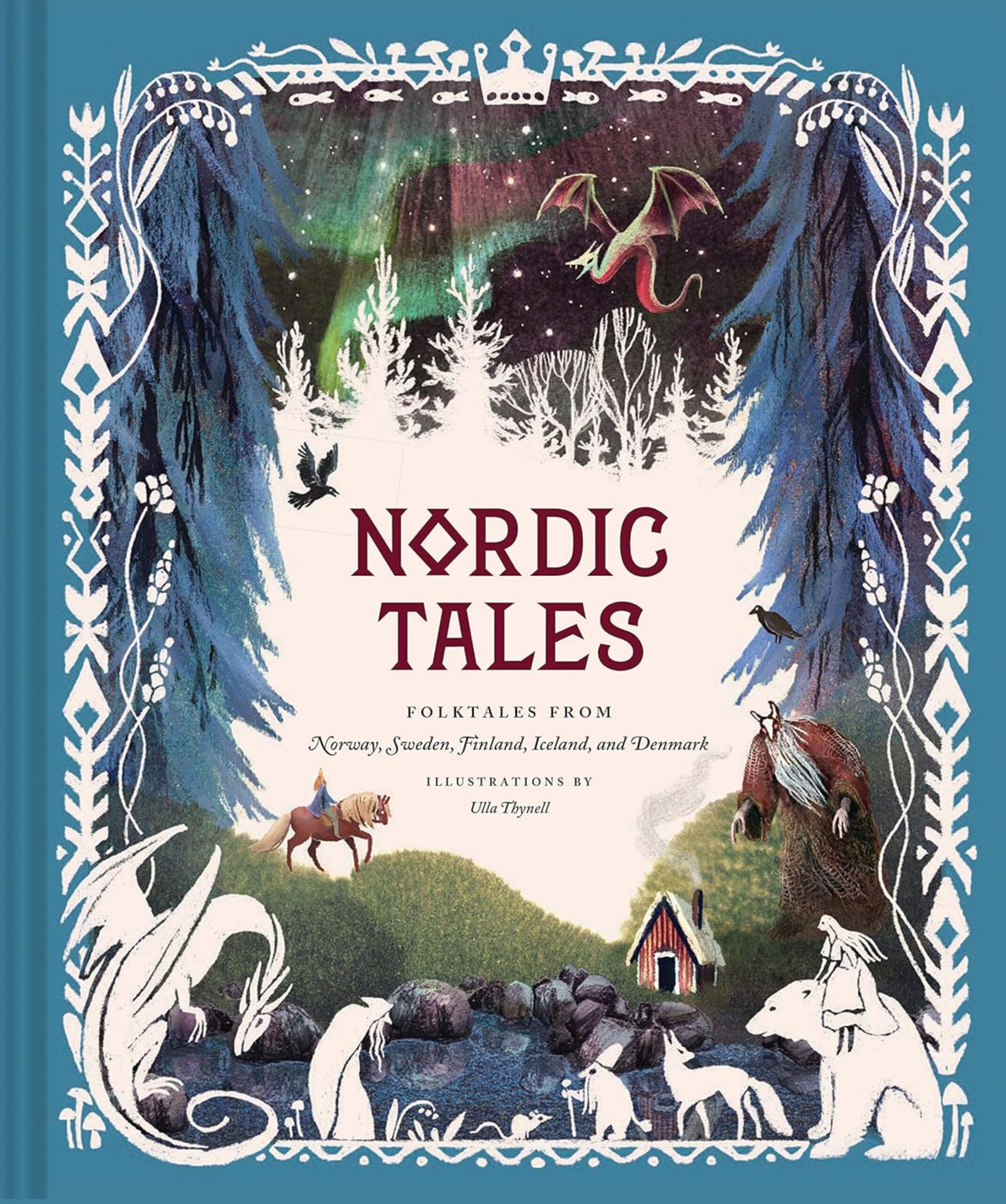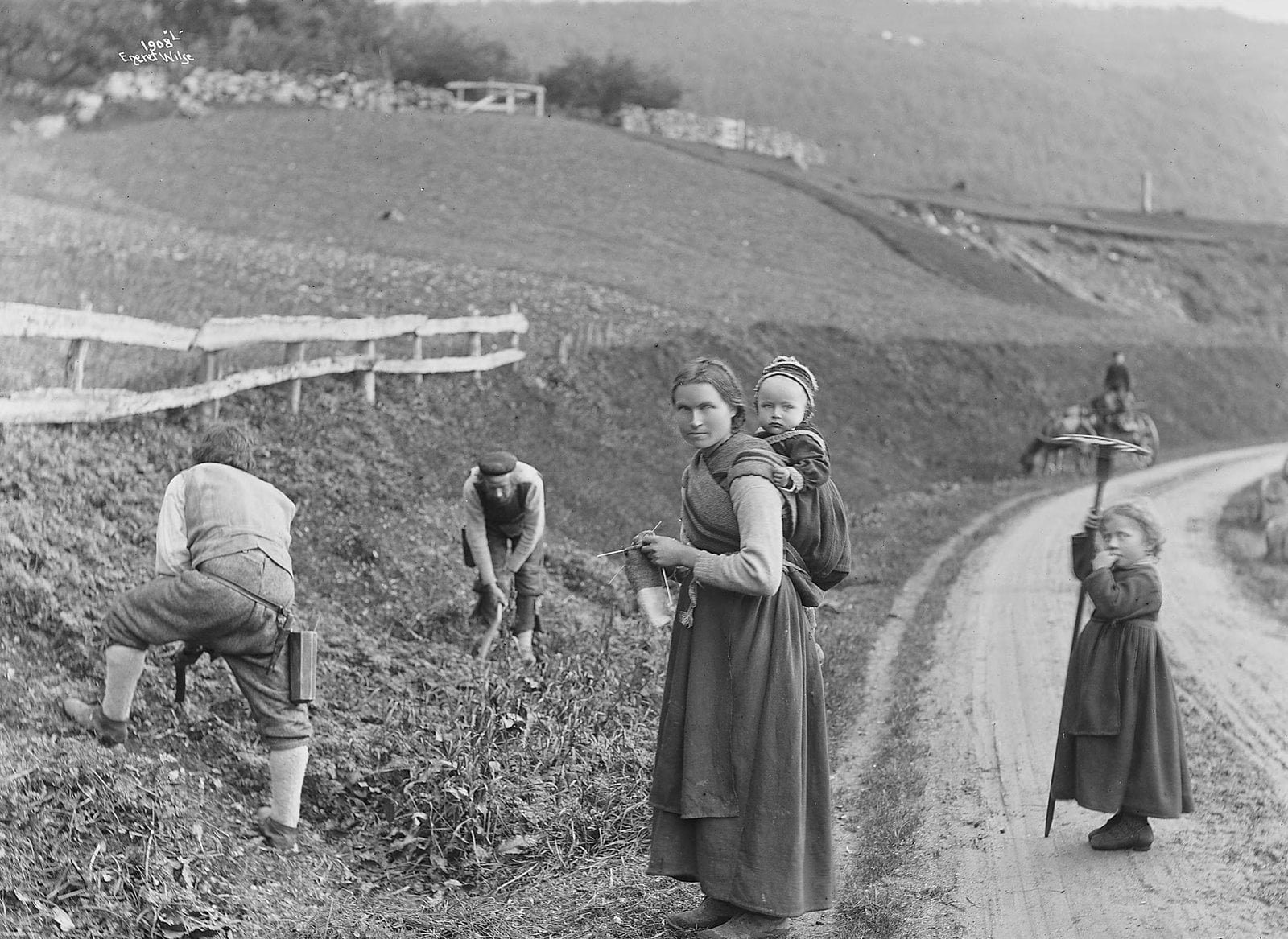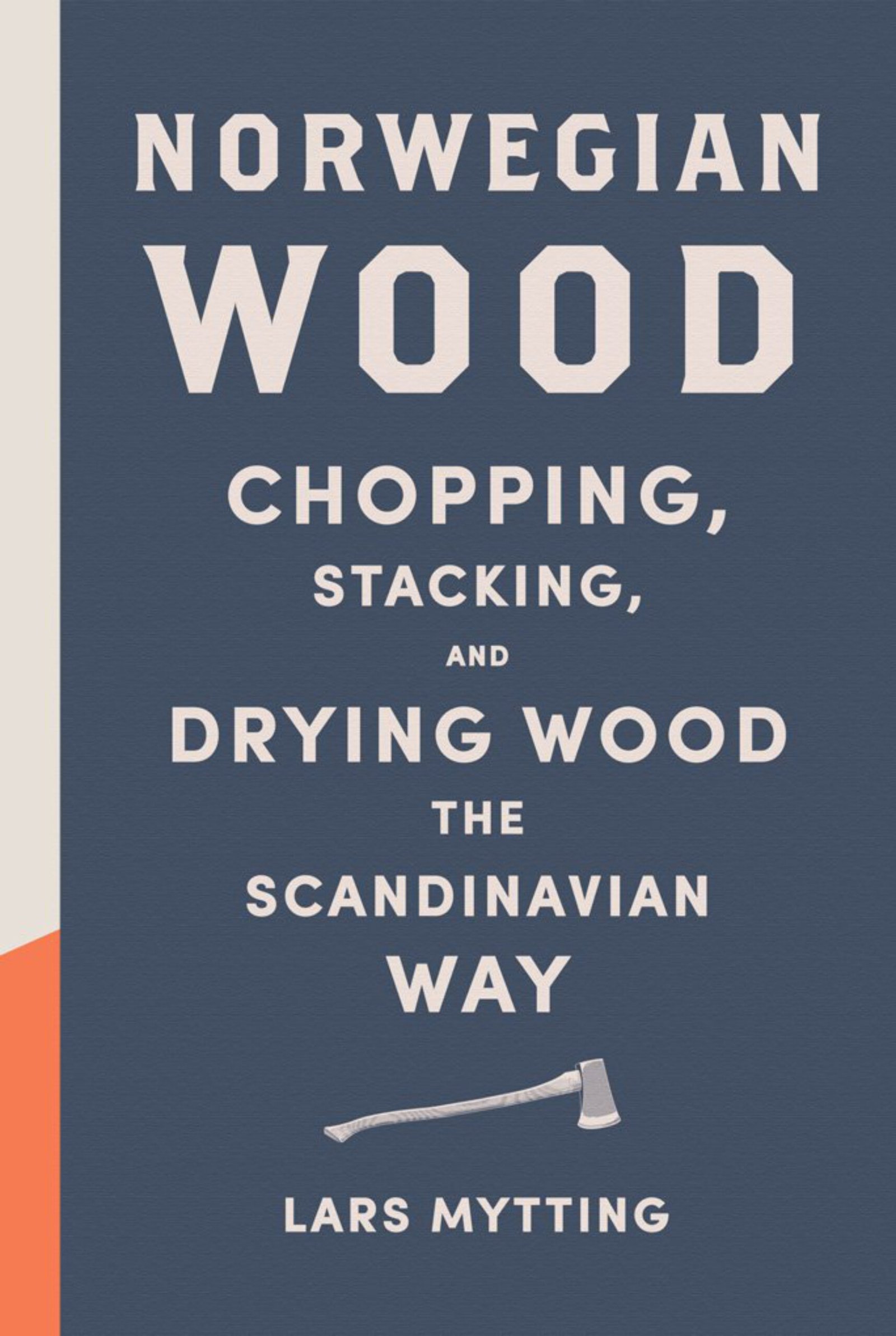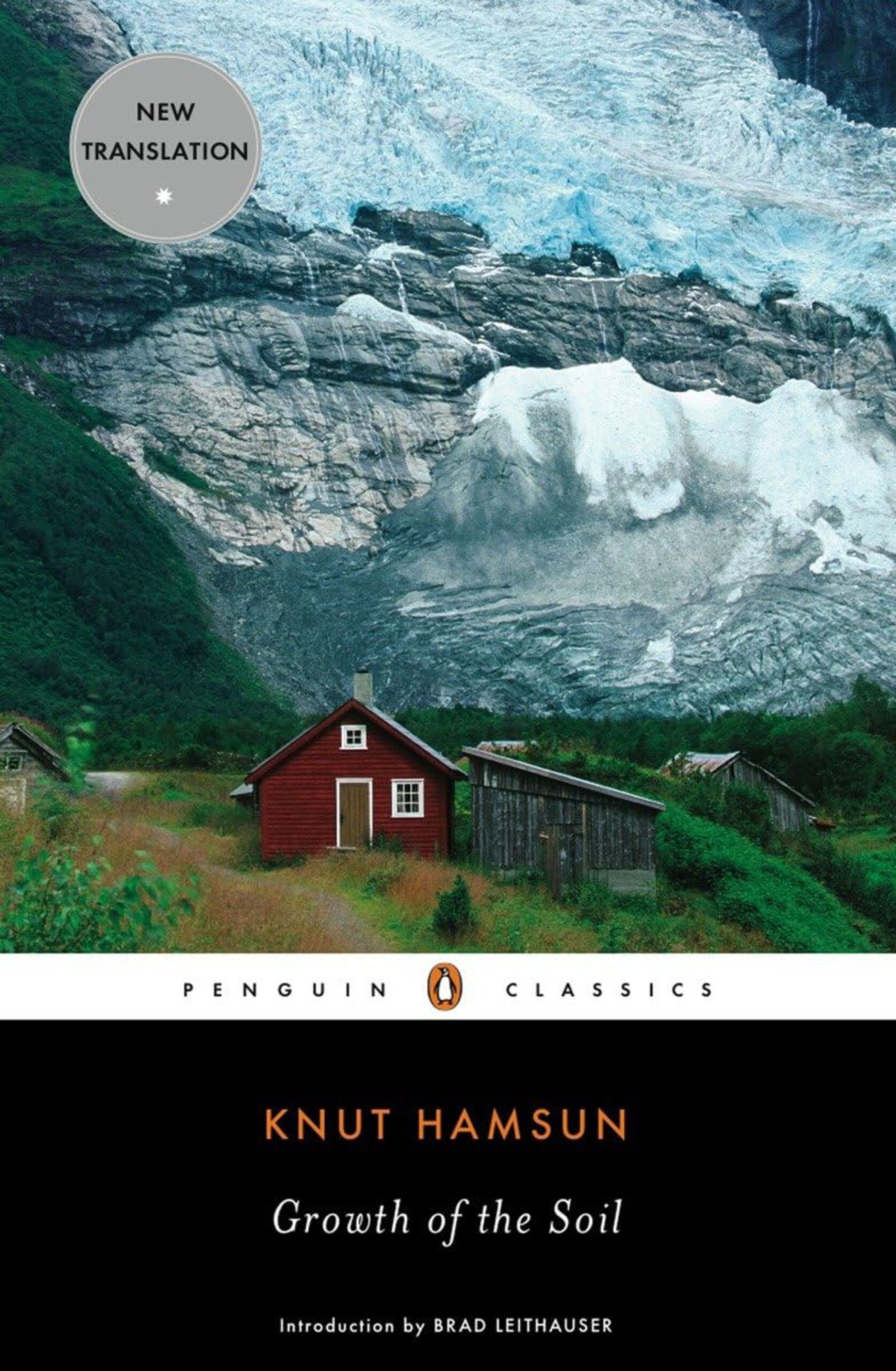Pronunciation
The grammar
A compound word made up of: kant + slått | noun | masculine | the indefinite form: en kantslått (a kantslått) | the definite form: kantslåtten (the kantslått) | the corresponding verb: å kantslå (to kantslå).
What does the word mean?
Kant: in this context, kant means edge, as in the edge of the field, the edge of the road, and so on.
Slått: in this context, slått means (1) the actual grass that is cut during the haymaking process, and the hay that is made from this grass – or – (2) the overall haymaking process itself.
Kantslått: means (1) grass cut around the edges of a field, a road, or similar – or (2) the actual process of cutting this grass.
In everyday speech, the definite form – slåtten and kantslåtten – is probably used more often than the indefinite form. Example: Slåtten kom sent i gang i år. → The haymaking process started late this year.
Similar or related words
Hakkeslått: has a similar meaning.
Skrapslått: has a slightly wider meaning, includes grass of lower quality – also in a larger meadow or patch.
More on the historical context
Utilising all resources
On the historical farm, all available fodder-resources were utilised to tide the domesticated animals over the long and cold winter.
Harvested the outfields
Deep and fertile soil was scarce in the Norwegian valleys, mountains, and fjords. In early history, the cultivated infields – innmarka – were mainly used to grow grain and other plants grown for human consumption. The grass made into hay was often taken from meadows located in the outfields – utmarka. These meadows could be close to, or hours away from, the home farm.
Cutting grass wherever it could be found
In addition to mowing the meadows – usually using a full-sized scythe – people also cut grass growing around the edges of the meadow, along paths, roads, fences, and buildings; anywhere it was worthwhile cutting it. In these places, there were often trees, roots, and boulders that they had to work around – and the grass was sometimes of lesser quality.
The scythe
When cutting the kantslått – kantslåtten – people often used a half-sized scythe – stuttorv – which was shorter and had a smaller blade. It was quicker to manoeuvre and easier to control – helping to avoid losing the sharpness of the blade by hitting too many obstacles.
Dried and stored
The kantslått was dried and stored as hay – or sometimes given to the animals to eat directly.
The kantslått of today
Today, the word kantslått is usually used when referring to the cutting of grass alongside roads, motorways, railroad tracks, fences, and so on.
Examples from books and stories
Vidar Kvalshaug Ingen landevei tilbake 1996
→ Han hadde småhogst og kantslått i blodet.
→ He had woodcutting and kantslått in his blood.
Johs. L. Hauge Minne og opplevingar frå mange år 1990
→ Lars Hauge slær kantslått med stuttorv.
→ Lars Hauge cuts kantslått with a half-sized scythe.
Kristoffer Brækken Brekken gård i Beitstad: gårds- og ættehistorie 1956
→ I 1900 ble kjøpt en Wood slåmaskin av Amerikansk fabrikat og da ble ljåslåtten innskrenket til kantslått.
→ In the year 1900, an American-made horse-drawn Wood hay mower was purchased, and from then on the use of the scythe was limited to the kantslått.
Sources: Nasjonalbiblioteket nb.no | Einar Haugen’s Norwegian-English dictionary | Det Norske Akademis ordbok | Bokmålsordboka and Nynorskordboka.





